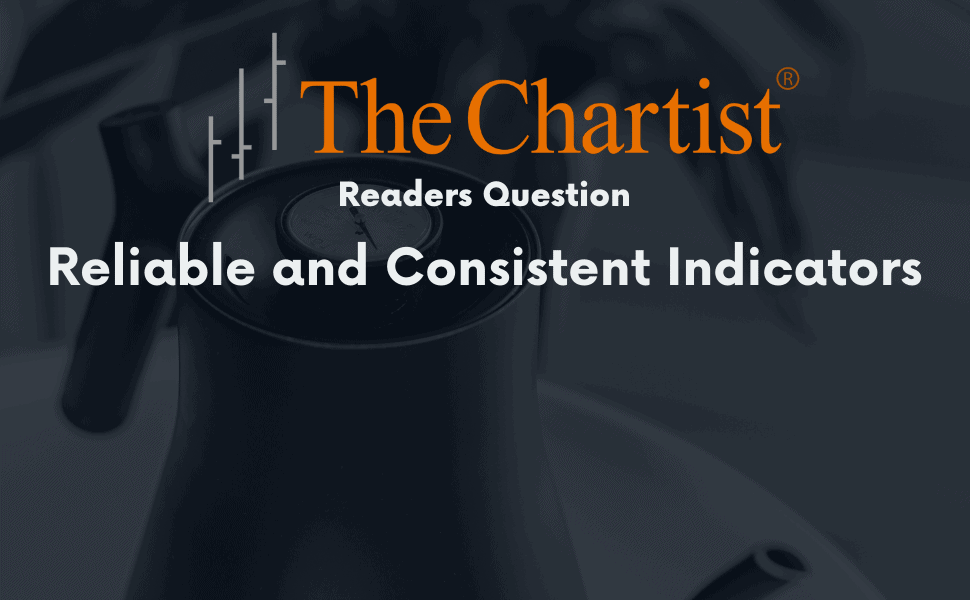
Reliable and Consistent Indicators
“…what are the most reliable and consistent indicators that you have used over the last 30 years? I know you have a lot of models but just an overview would be cool.” – Nick H
Before we get into this discussion there are two caveats:
- I’m not going to debate with the ‘price is all that matters’ crowd. Do what works for you. How you achieve trading profits is not important, so long as you get there.
- With almost any question I get, the answer is invariably, test it. Without substantive evidence, you’re closer to gambling than trading with a positive expectancy.
Below are a series of indicators that I use across a variety of strategies. Some are used in both longer-term trend following and in shorter-term mean reversion. Some are used in isolation and others can be combined.
Bollinger Bands
I have used Bollinger Bands within my trend following framework since the late 90’s. The original concept was developed on back of Keith Fistchen’s Aberration trading system. I also highlighted a variant in my 2012 book, Unholy Grails.
Bollinger Bands are also a large part of my short-term mean reversion systems as well. Usually they’re used to define an oversold condition, i.e. a close below the lower band. However, I use them as a measure of volatility. As a rule of thumb, higher volatility periods tend to mean revert, whilst low volatility periods tend toward trend continuation.
Average True Range (ATR)
Volatility is cyclical; it expands and contracts. Bollinger Bands show this very nicely when plotted on a price chart. Another way to trade volatility is using Average True Range. When ranges expand (high volatility), then mean reversion starts to take precedence. When ranges contract (low volatility), trendiness starts to become the main focus.
ATR is also used as an entry mechanism for mean reversion strategies. We call this the stretch. Calculate the ATR for the prior n-days. Subtract this from the current low and place a LIMIT buy order at that level for tomorrow.
Rate of Change (ROC)
The core component of my longer-term momentum systems is the ROC. Simply, the ROC is the price difference between two points of time expressed as a percentage. The higher the ROC, the stronger the momentum. Stocks can be ranked by ROC against each other, then the strongest bought and the weakest short sold or exited. In my experience longer ROC periods tend to measure sustainable momentum better than shorter-term periods.
ROC can also be used in short term systems to rank signals. Unlike longer-term momentum strategies, for ranking buying candidates we like to see very strong short-term momentum, i.e. 5 – 10 days in length. The stronger, the better.
Average Directional Index (ADX)
The ADX measures the strength of price movement, but not direction. Combined with a trend filter, it ensures we don’t enter stocks that may be caught within a consolidation or range. Trend systems can combine the ADX with a breakout trigger as a confirmation tool. Alternately, mean reversion systems can use lower readings to attempt to trade range-bound markets.
These are just a few ideas that are available to build strategies and some that I use. Care must be taken to ensure strategies built with any indicators are robust and adequately stress-tested.


